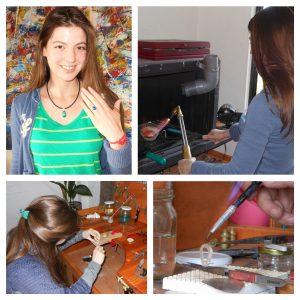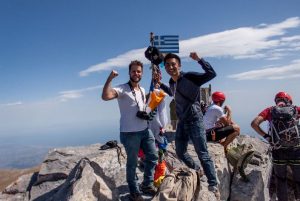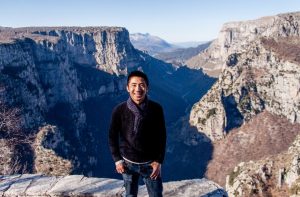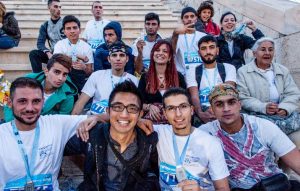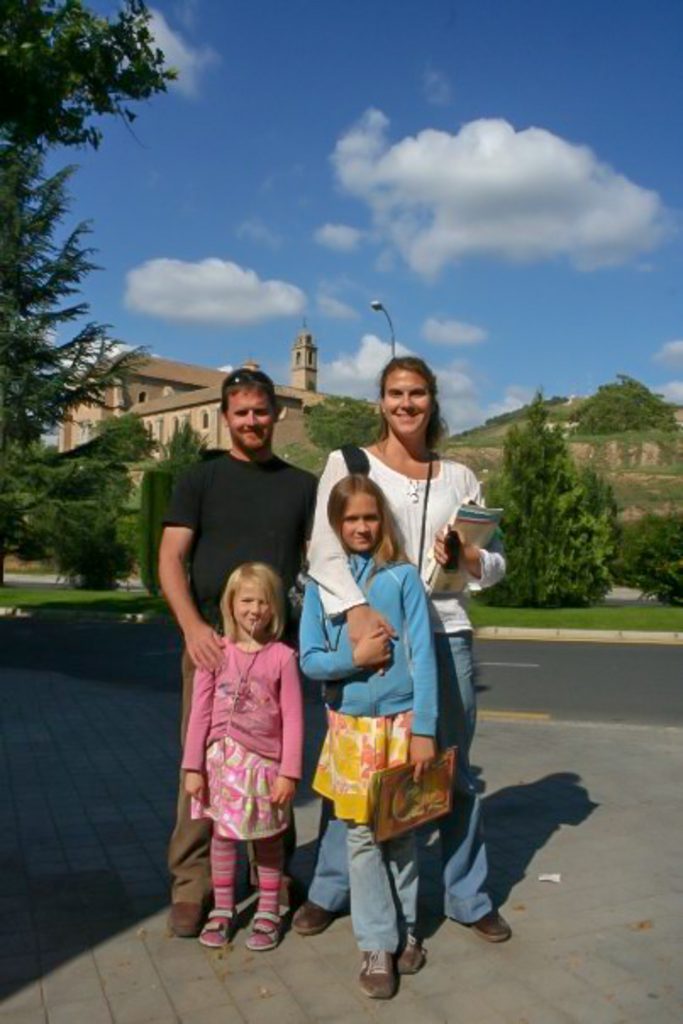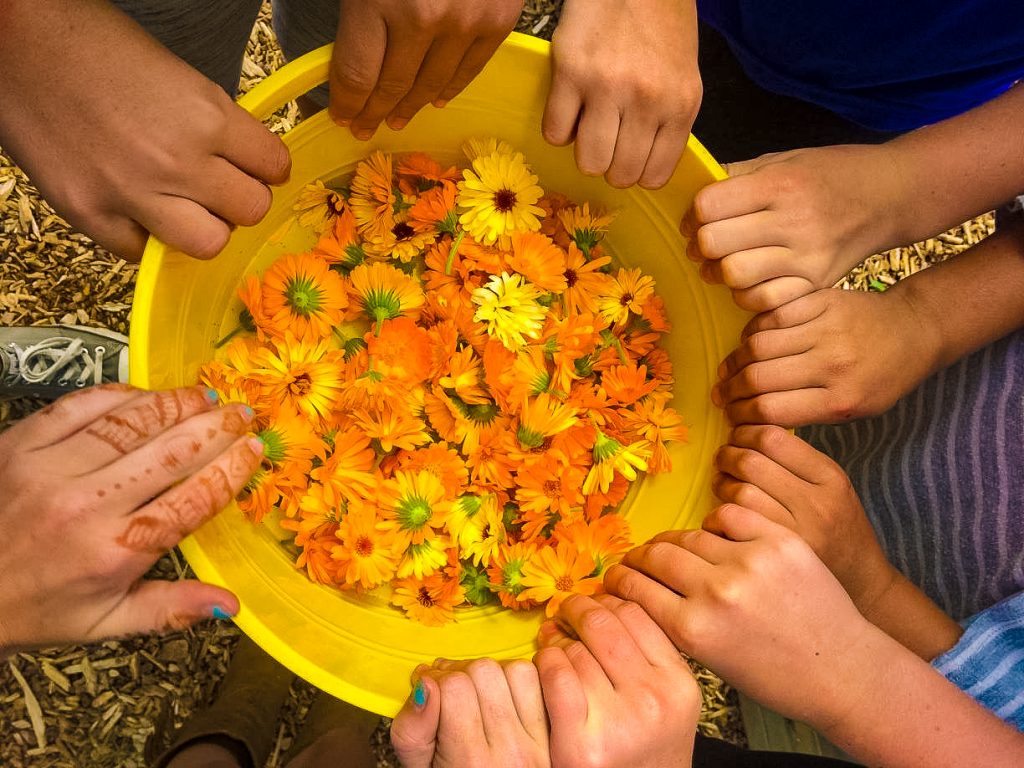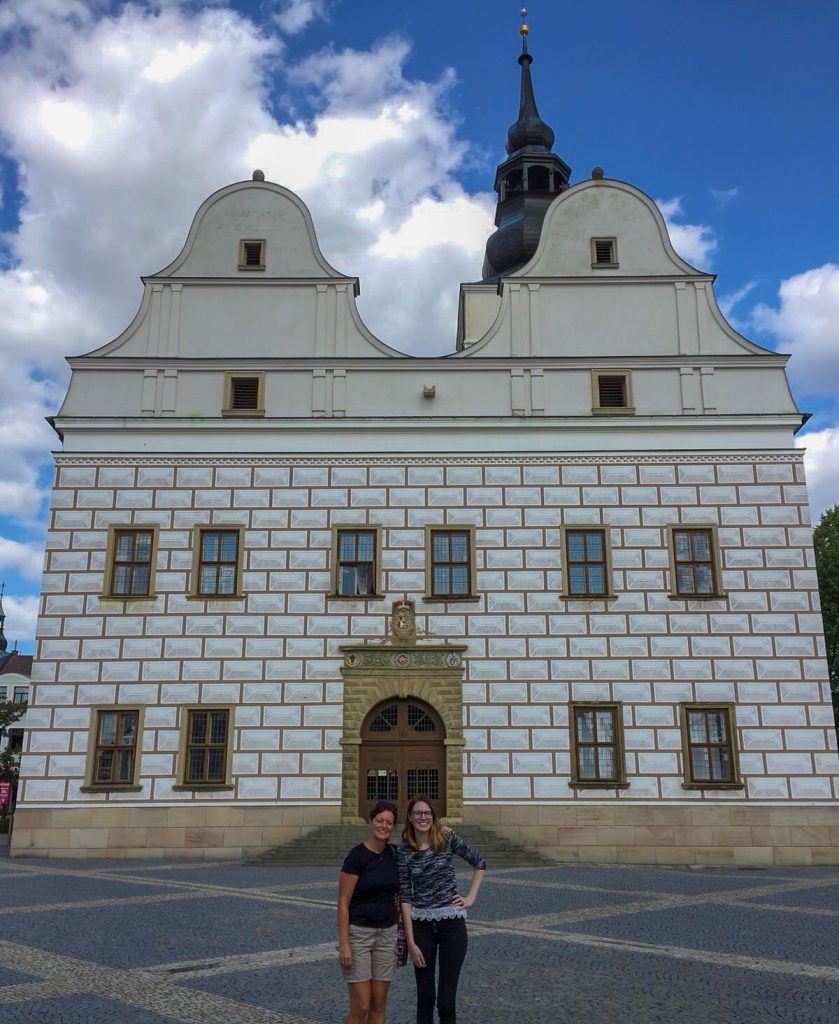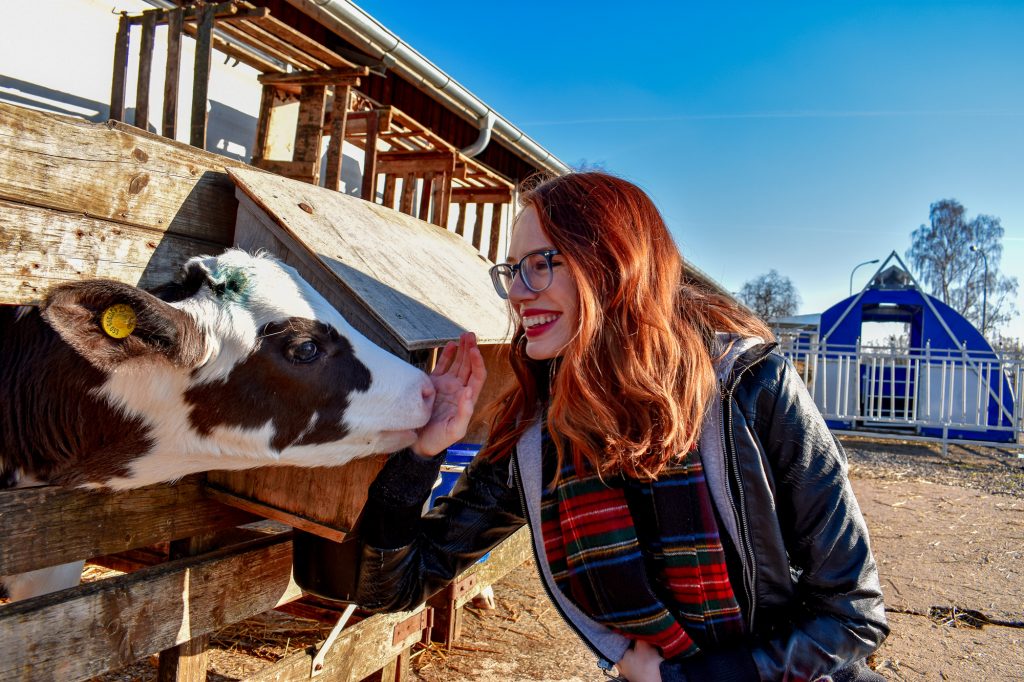By Oyundari Ganbaatar, Foreign Fulbright Student, Mongolia
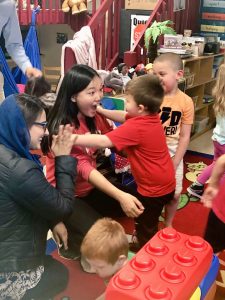
Oyundari visits a PK-8 School in Williamson, WV.
When I first received the email inviting me to attend the weeklong Fulbright-Amizade service-learning program in Williamson, West Virginia, I was excited to share the great news with my family and friends. However, their reactions were indifferent. My family in Mongolia had never heard of Williamson, and my friends in the U.S. told me that there is nothing to see or do in that part of the country. But I wasn’t discouraged. Instead, I was even more curious to learn about this unfamiliar town.
On May 11, 2019, I traveled from Houston to Charleston, West Virginia, where I met with other Fulbright-Amizade participants from 11 different countries. From there, we drove to Williamson. Our hour and a half-long drive to Williamson was filled with picturesque mountains and vibrant green forest.
During our first few days in Williamson, we learned about the town by visiting different sites, engaging in service activities and meeting with community members. One week is not enough time to learn everything about the town, but it was long enough to break the negative stereotypes we had heard before the trip. It is true that Williamson struggles with many hardships, including the opioid crisis, chronic diseases, unemployment, and depopulation. But are these not global issues that almost every city and country in the world also deal with?
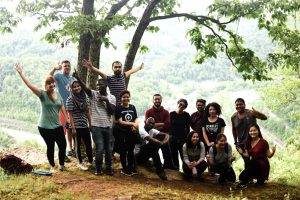
The Fulbright-Amizade group on top of Death Rock Mountain.
We experienced many positive moments while in Williamson. We saw a community that has identified their problems and is doing everything they can to change things for the better. Despite the struggles caused by the decline of the coal industry and several devastating floods, Williamson is a town that works hard to solve their problems together as a community. They’ve implemented programs such as the Health and Wellness Center to provide affordable health and dental care for residents, a recovery center to deal with the county’s drug problem, sustainable tourism to attract new visitors, active living programs that encourage community members to adopt a healthier lifestyle, and in-home parenting education programs to make sure no family is left behind.
This experience was eye-opening. Through Fulbright-Amizade, I now understand the importance of working together to overcome difficulties. I witnessed the hard work and perseverance of the Williamson community. I learned about concepts that I can apply to my community when I return to Mongolia. Moreover, I believe we also impacted those we met in Williamson by not only sharing and introducing our cultures and stories, but also helping them to tell their stories to us. Ultimately, the trip was about the importance of mutual understanding and mutual benefit. I hope the community will continue its optimism and hard work towards positive change and sustainable development. I would be delighted to visit Williamson again in the future to see their progress and achievements in the years to come.
Oyundari is pursuing a master’s in public policy at the University of Houston.

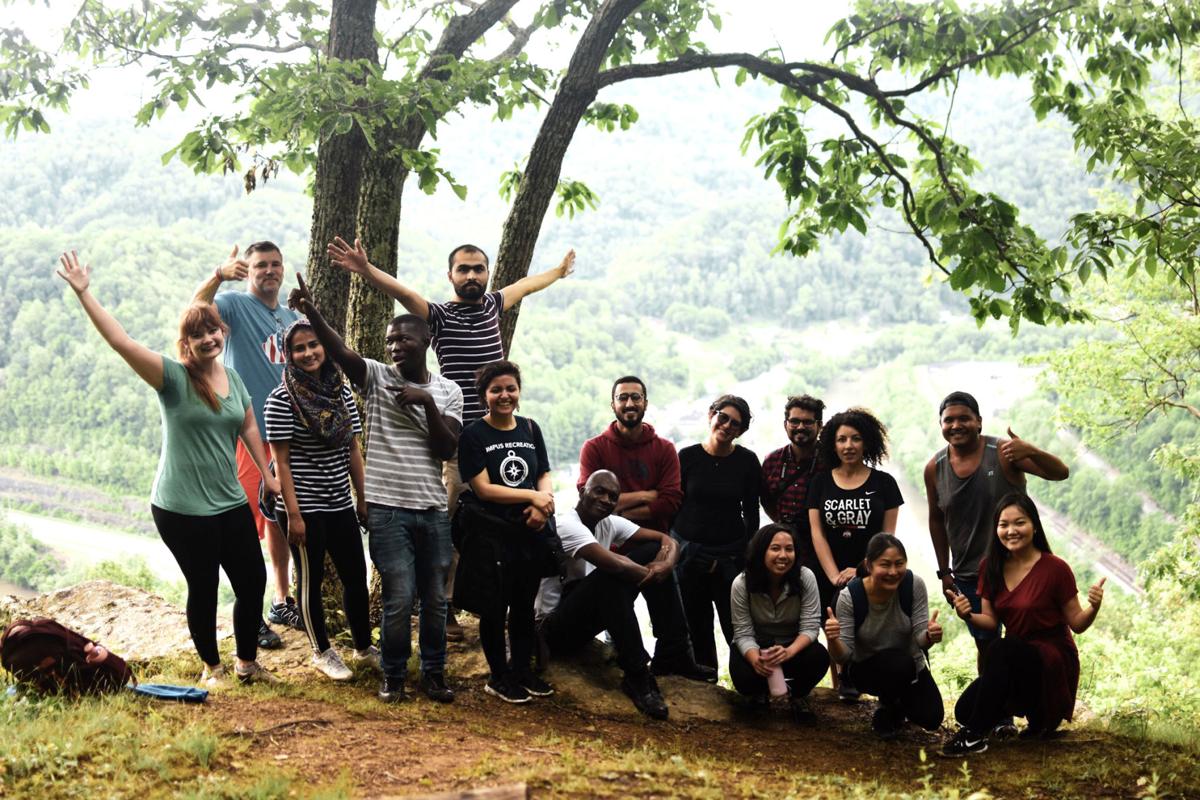
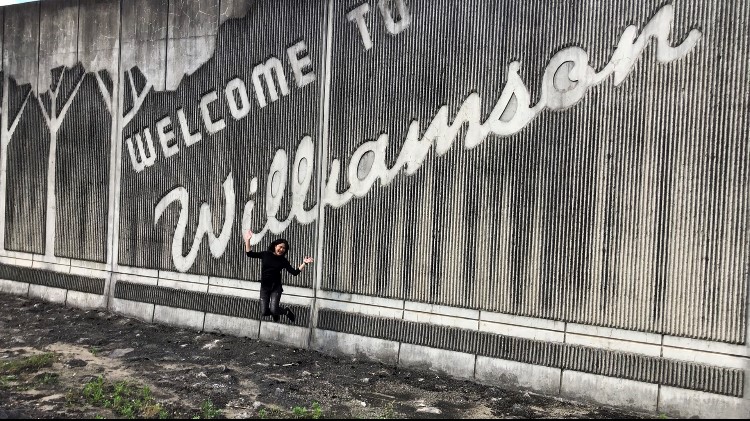
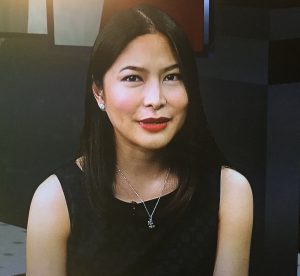
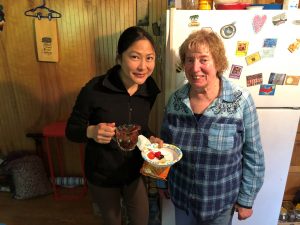
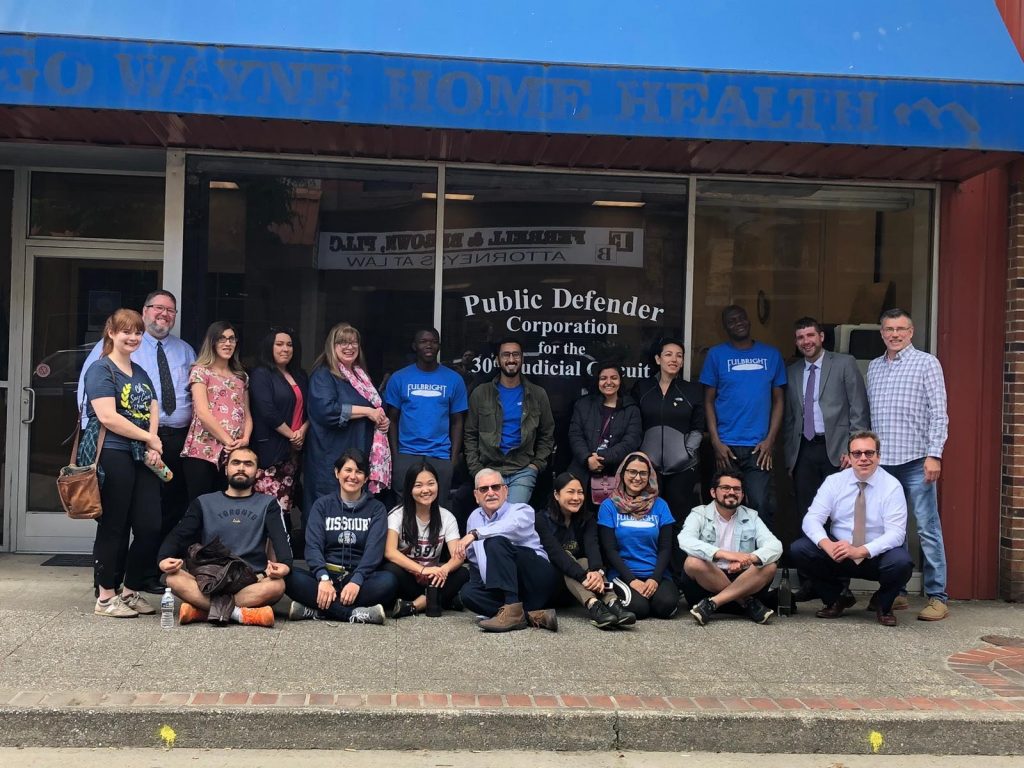
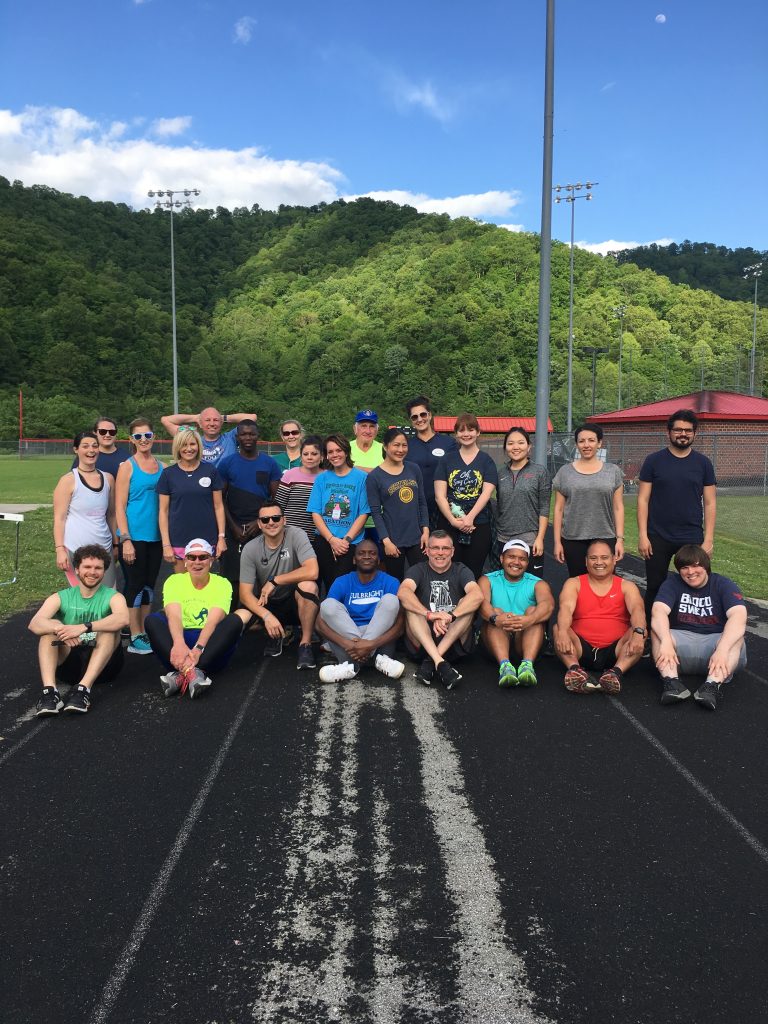
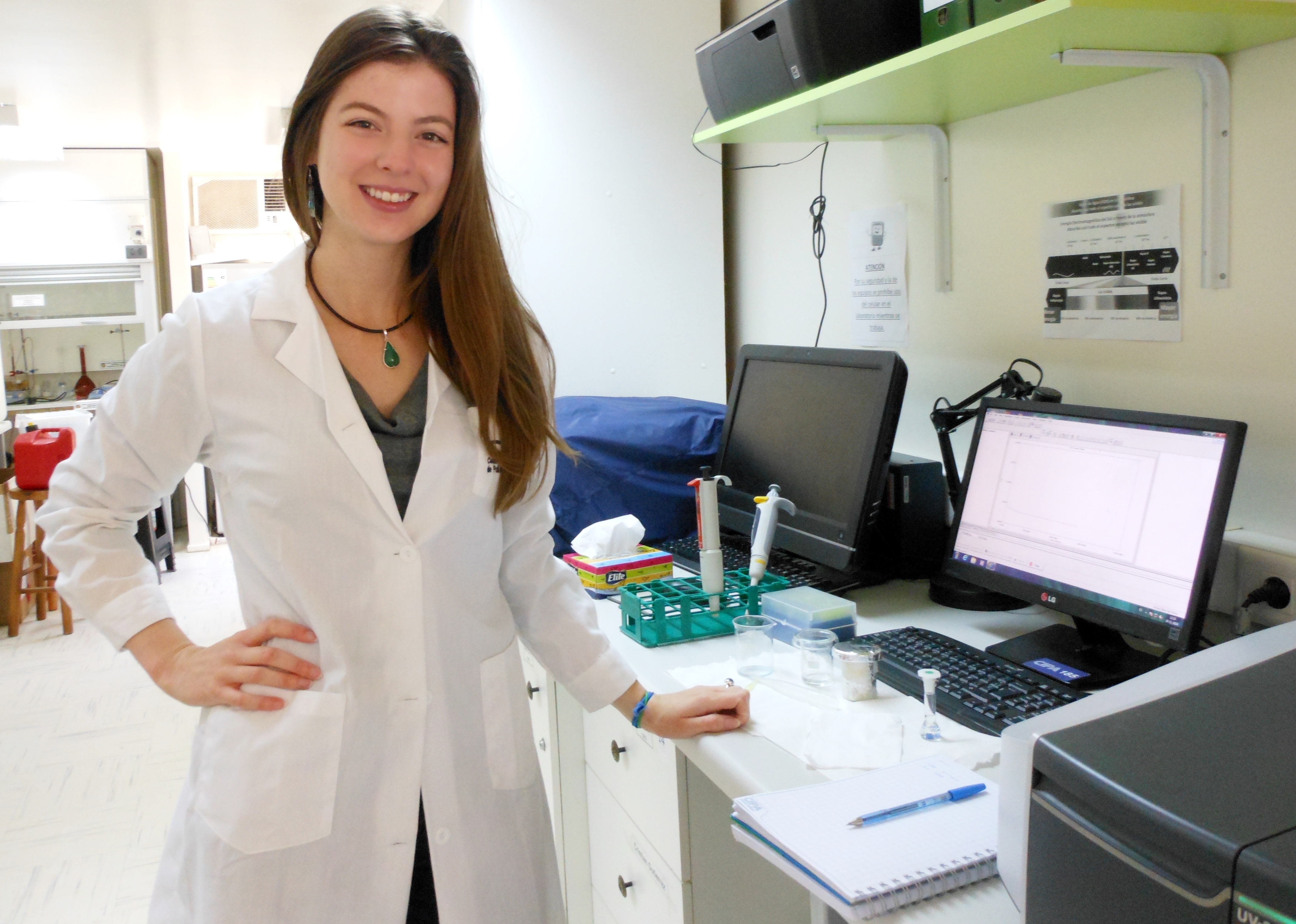
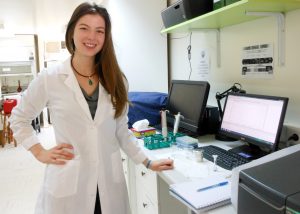
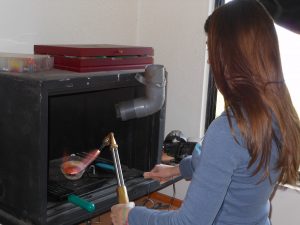 In the 3 months of my apprenticeship, I had the joy of learning metallurgy from a practical, artistic point of view. Thrillingly, this included working with a flame! My professor would explain why we need to alloy the silver (plata) with another metal to increase its strength and our ability to cold-work it—practical evidence for engineering themes I had already learned at Drexel University. I developed vocabulary I would not have learned in my scientific lab: some words I didn’t even know the equivalent of in English. When it came time to begin a new piece, my professor took me to select a stone from another artist who had rooms full of beautiful raw and polished ones, both common and rare, indigenous treasures of Chile. During my year in Chile I also purchased lapis lazuli jewelry (an indigenous stone of Chile) from local vendors, but the pride I felt upon completing my own pieces, start-to-finish, was incomparable.
In the 3 months of my apprenticeship, I had the joy of learning metallurgy from a practical, artistic point of view. Thrillingly, this included working with a flame! My professor would explain why we need to alloy the silver (plata) with another metal to increase its strength and our ability to cold-work it—practical evidence for engineering themes I had already learned at Drexel University. I developed vocabulary I would not have learned in my scientific lab: some words I didn’t even know the equivalent of in English. When it came time to begin a new piece, my professor took me to select a stone from another artist who had rooms full of beautiful raw and polished ones, both common and rare, indigenous treasures of Chile. During my year in Chile I also purchased lapis lazuli jewelry (an indigenous stone of Chile) from local vendors, but the pride I felt upon completing my own pieces, start-to-finish, was incomparable.